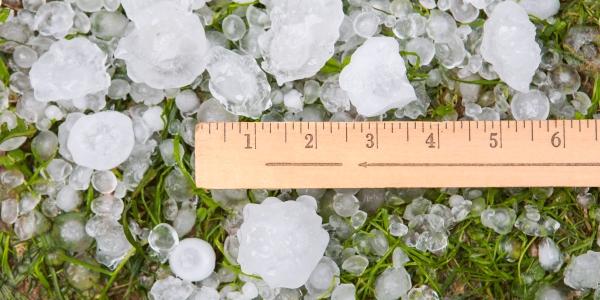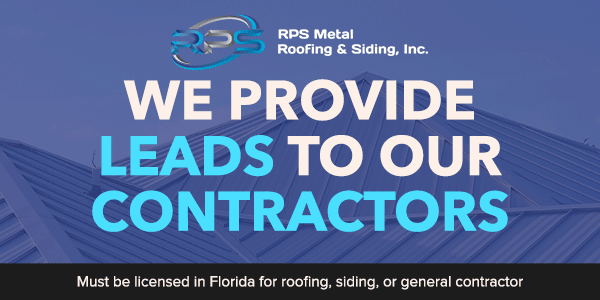UP TO THE MINUTE
The hail-resistant material everyone’s talking about

By RPS Metal Roofing & Siding, Inc.
Understand metal roofing’s role in shielding homes from hail in addition to strategic measures that can be taken to reduce damage.
The destruction left by hailstorms is often extensive, affecting everything from gardens to vehicles to the roofs over our heads. This article examines the effectiveness of metal roofing in resisting hail damage and outlines extra steps homeowners can take to strengthen their roofs in anticipation of severe storms.
Durability of metal roofing against hail damage
- Impact resistance: Metal roofs are incredibly resistant to hail damage. The material’s natural hardness and strength help it withstand the impact of hailstones without getting dented or pierced. Metal roofing can resist hailstones up to two inches in diameter, which is larger than the size of an average hailstone.
- Longevity: Metal roofing typically lasts between 40 to 70 years, significantly longer than other roofing materials like asphalt shingles, which usually last around 20 to 30 years. This longevity ensures that a metal roof will provide protection against hail and other weather elements for many years.
- Non-porous surface: Metal roofing has a smooth, non-porous surface that allows hailstones to bounce off instead of causing damage. This characteristic also helps prevent water from seeping into the structure, preventing leaks and water damage.
Though metal roofing is inherently durable against the elements of a hailstorm, there are still measures that homeowners can take to provide an added layer of protection.
Preventative measures to reduce hail damage
- Choose the right material: Not all metal roofs are created equal. Some metals, like aluminum and copper, are softer and may dent more easily than harder metals like steel. Choose a metal that is known for its impact resistance and durability.
- Proper installation: Proper installation is key to ensuring the durability of your metal roof. Make sure to hire a professional installer who is experienced in installing metal roofs and follows the manufacturer’s guidelines.
- Regular maintenance: Regularly inspect your roof for any signs of damage or wear and tear. Small issues, if left unattended, can lead to more significant problems over time. Look for loose fasteners, damaged panels or areas where the sealant may have worn away.
- Install a roof underlayment: A roof underlayment is a water-resistant or waterproof barrier installed directly onto your roof deck. It provides an extra layer of protection against water infiltration and can also help cushion the impact of hailstones.
- Use impact-resistant materials: Some metal roofing products are specifically designed to be impact resistant. Look for products that have been tested and rated for impact resistance. The higher the impact resistance rating, the better the product will be at resisting hail damage.
Metal roofing’s natural durability, impact resistance and longevity make it a superior option compared to other roofing materials when it comes to withstanding hail damage. However, it is essential to choose the right metal, ensure proper installation, and take preventative measures to maximize your roof’s protection. By doing so, you can ensure that your roof will stay strong and functional for many years to come.
Original article source: RPS Metal Roofing & Siding, Inc.
Learn more about RPS Metal Roofing & Siding in their Coffee Shop Directory or visit www.rpsmetalroofing.com.






















Comments
Leave a Reply
Have an account? Login to leave a comment!
Sign In